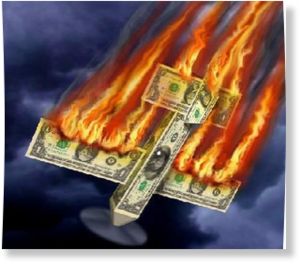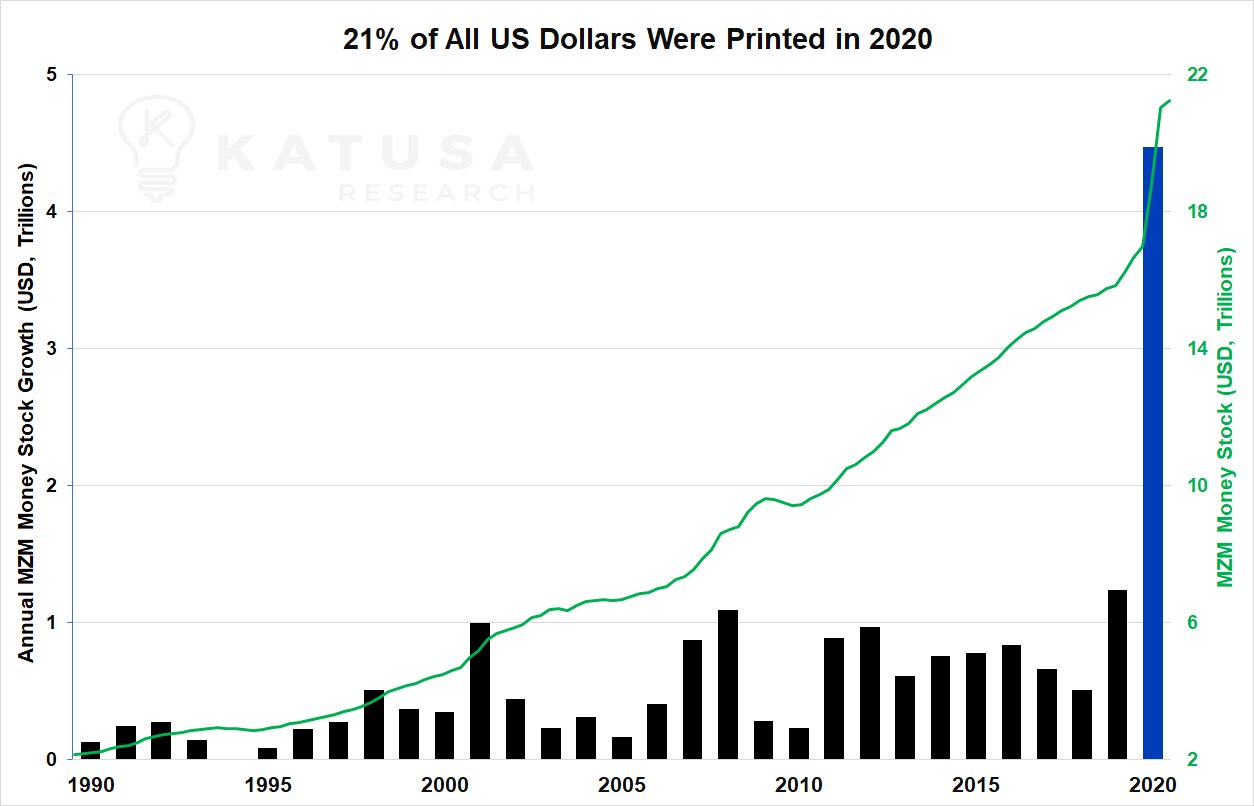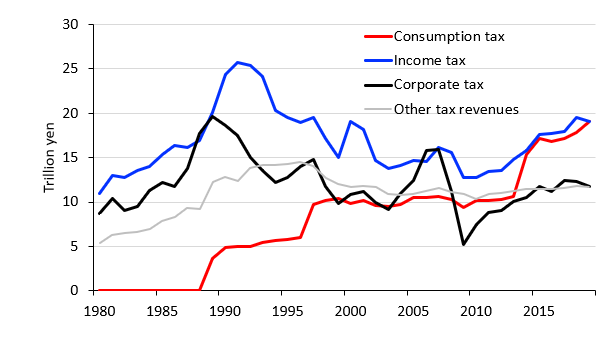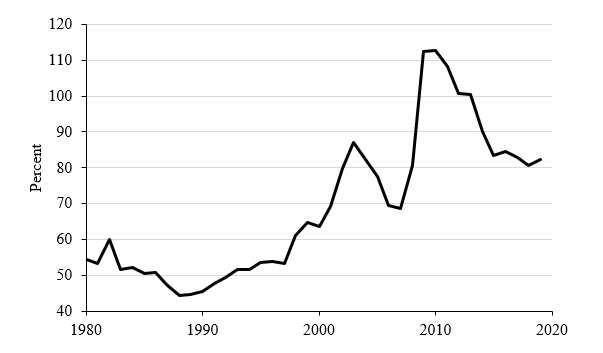 |
| False Economy’s End In Decay And Failure |
This article is in response to a piece about how it looks like massive stimulus is finally upon us and the only question is how big it will be. It would be wise to remember this is all an experiment and could result in a false economy so rooted in unsustainable stimulus that it cannot survive yet alone flourish. A modern example of this is the implosion of the USSR in 1991. The impact of such a collapse is not limited to the economy but extends deep into the lives of a county’s citizens.When we look back over the wreckage brought upon certain sectors of our economy during the last year and the policies governments are now embracing we should feel a sense of dread and apprehension for the long-term health of our culture. Government overreach is in full swing and ripping away the strength and social power from all other institutions of social life. Not only are we seeing our civil liberties under attack, but the lock-downs have also been an economic disaster that has devastated most small and medium-sized businesses.
The December job numbers show America lost 140,000 jobs last month. The big issue here is that as small businesses close their doors forever, many of these jobs won’t be coming back. We need to couple this with the idea the minimum wage is likely to soon increase driving the forces of automation into overdrive which will further reduce job opportunities in the future. This translates into far higher government deficits going forward as many more Americans exit the workforce. It is difficult to argue that the government stepping into the role of our primary supporter does not reduce our incentive to work. This is especially true considering the level of support many Americans seek.
…click on the above link to read the rest of the article…



 In my
In my 








Today’s Contemplation: The Coming Collapse VIII
October 30, 2020
Today’s Contemplation: The Coming Collapse VIII
Once again, a comment I posted in response to an article on The Tyee.
Where to begin? I realise this article is primarily about a federal political party and its future but there are two underlying issues that are discussed that need far more exploration and understanding if we are going to be projecting where a particular party or even government will be down the road (let alone the entire world).
If we are going to be discussing energy and Peak Oil then there is SO much more to bring into the conversation. Yes, politics plays a role (as it always does) but the topic is vastly wider than sociopolitics. It encompasses virtually everything in our complex, globalised industrial world. Everything. From the way we create potable water, to how we feed ourselves, to how we build and heat our homes (I’ve purposely focused on the three items we NEED to live…everything else is icing but just as dependent on energy, especially fossil fuels).
First things first. There is NO substitute for fossil fuels. At least not one that can sustain our current world the way it is configured. No, alternatives to fossil fuels cannot do it. They are not ‘clean’ as the mining, refinement, and manufacturing processes for them are environmentally damaging. They have a low energy-return-on-energy-invested (EROEI) and provide little ‘bang for the buck’. They cannot fuel many important industrial processes such as steel and concrete production. They depend very much on continued exploitation of fossil fuel, both upstream and downstream. They are NOT a panacea.
We are stuck with fossil fuels, until and unless we are ready and willing to give up probably 90% or more of what we consider ‘modernity’.
…click on the above link to read the rest of the article…